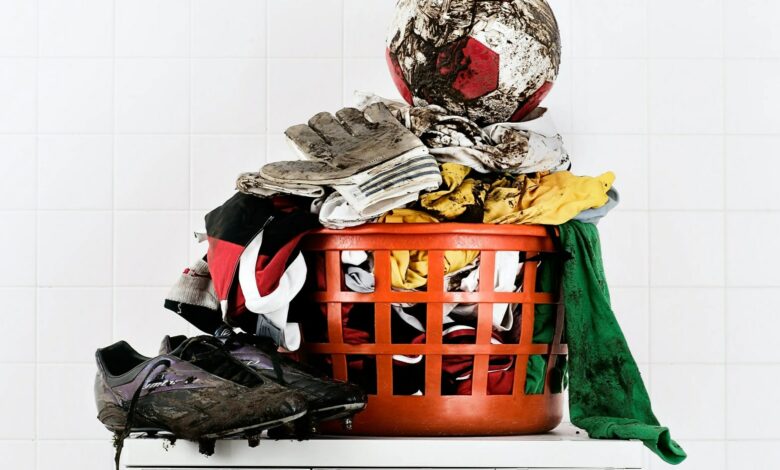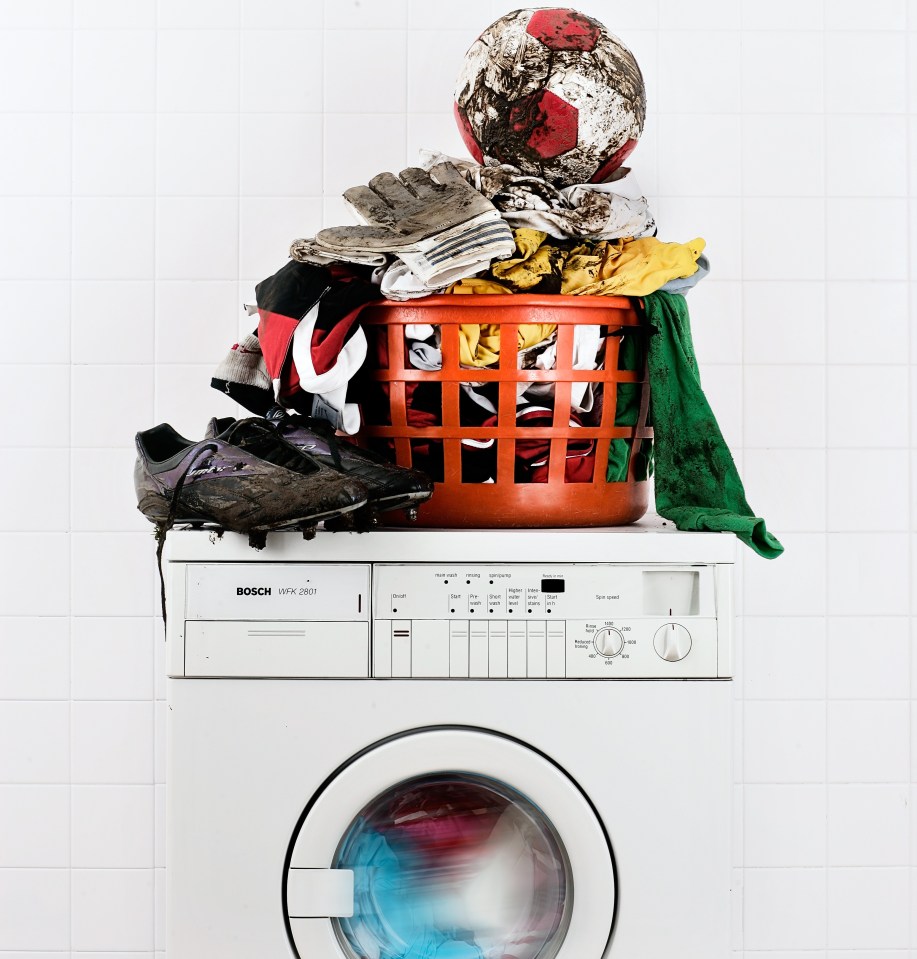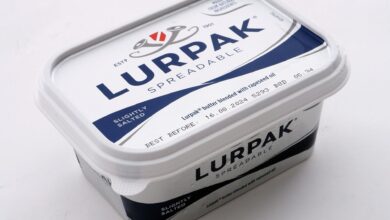You’re washing your child’s gym set all wrong; never put it in the dryer


With the weather getting colder and wetter as autumn sets in, muddy playing fields will lead to a flood of dirty PE kits that need to be washed.
However, when washing sports uniforms, it is crucial that you use the correct method to avoid damaging delicate materials.
To help parents, sporting goods retailer Net World Sports has shared their ultimate 7-step guide to washing sports kits ahead of the colder months.
1. Turn your kit inside out
Sports uniforms often have logos, numbers or sponsor information, so always turn your uniform inside out to protect the print during washing.
2. Check the care label
Most shirts should be washed at 30°C unless you plan to hand wash them. Higher temperatures can cause the nylon fabric to break. Always refer to the washing label for specific instructions before washing.
3. Separate colors
Sports kits should always be separated by color, which is especially important when washing football and rugby strips.
Washing a colored shirt with white shorts and socks can leave permanent stains on them.
4. Wash at low temperature
Because most sports shirts are made of heat-retaining materials, it is critical to use low temperatures to prevent shrinkage or damage.
For the best care of your equipment, it is recommended that you set your washing machine to 30°C or lower.
Michael Forbes laundry expert advised: “Washing sportswear at a low or cold temperature, such as 30°C, also extends the life of clothes and means you can save energy, water and ultimately money, which we know is an important consideration is for families because we are going into the winter months.”
5. If necessary, use a stain remover –
Stubborn stains, such as mud and grass, may need to be pretreated with a stain remover or detergent.
Be careful when using strong stain removers on delicate sports equipment and always perform a patch test in a hidden area (e.g. in the hem at the bottom of the shirt) to avoid unwanted bleaching.
Michael advised: “If you’re dealing with stains such as grass, start by applying detergent directly to the affected area.
“Rinse gently under cold water before placing the garment in the washing machine. Remember: always blot – never rub.”
6. Allow your kit to air dry
Using a tumble dryer or radiator to dry your equipment is always a risk, as the higher temperatures can lead to damage to both the print and the fabric itself.
Air drying is the best way to maintain your gear and keep it smelling fresh.
Outdoors is the best way to dry sportswear as this also helps dispel any odors that may remain after washing.
However, with winter approaching, it is still a good alternative to hang your shirts indoors.
Michael also provided a helpful tip for removing odors: “For lingering odors in sportswear made from materials such as cotton or nylon, you can clean the inside of the armpits of the garment with a baking soda paste, which will deodorize the sweat. After setting, give the garment a good shake to remove any excess material before putting it in the washing machine.’
7. Iron your shirt
Although most people tend not to iron their sports equipment, it can be effective if done correctly.
For starters, turning the shirt inside out can protect any printing.
Using very low temperatures and avoiding prints can help keep the fabric looking sharp, although we always recommend checking the care label first.





